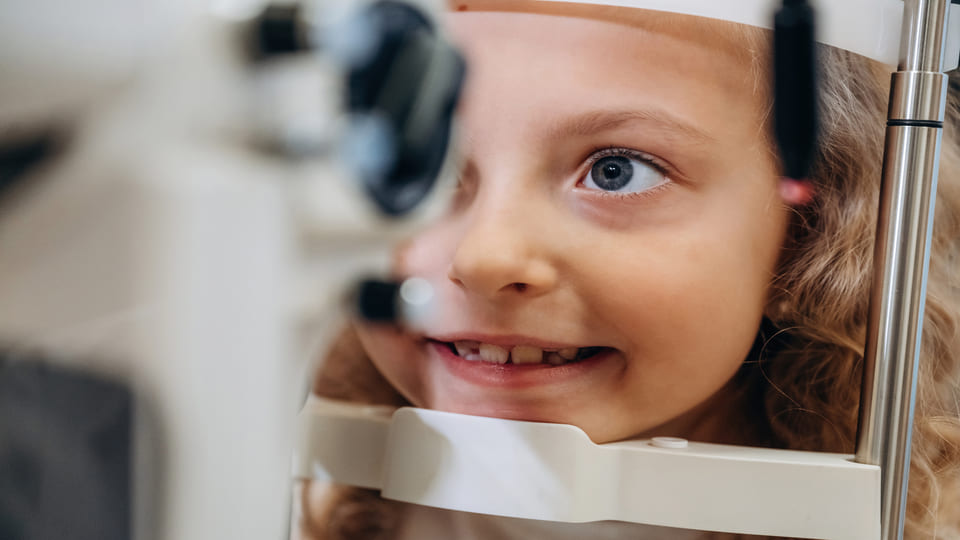Corneal Cross-Linking: Strengthening the Eye Against Keratoconus
31/10/2025

24/06/2025
Vision is one of the most critical senses in a child's development. When a child is born with or develops Cataract or retinal diseases, the consequences can be profound and long-lasting. These two distinct but sometimes overlapping eye conditions can significantly impair a child's ability to see clearly, potentially affecting their education, social development, and overall quality of life. Early detection and treatment are crucial, but understanding the long-term risks is equally important for parents, caregivers, and healthcare providers.
A cataract is the clouding of the eye's natural lens, which lies behind the iris and the pupil. In children, Cataract can be congenital (present at birth) or acquired during early childhood. Unlike adult Cataract, which often develops due to aging, childhood Cataract are typically caused by genetic mutations, infections during pregnancy (such as rubella or toxoplasmosis), metabolic diseases, or trauma.
If left untreated, Cataract can lead to amblyopia—also known as “lazy eye”—where the brain fails to learn how to see clearly through the affected eye. This condition can become permanent if not corrected during the critical period of visual development, usually before the age of 7 or 8.
The retina is the light-sensitive layer at the back of the eye that captures images and sends them to the brain. Retinal diseases in children are often hereditary and can include conditions like retinopathy of prematurity (ROP), Leber congenital amaurosis, retinitis pigmentosa, and Coats disease.
These disorders may affect central vision, peripheral vision, or both. In severe cases, they can lead to progressive vision loss or total blindness. Some retinal diseases are stable, while others worsen over time, making ongoing monitoring and intervention essential.
Though Cataract and retinal diseases are different in origin and nature, they often coexist or influence one another. For example, a child with a genetic retinal disorder may also develop Cataract as a secondary complication. Alternatively, surgery to remove Cataract in a very young child can lead to retinal complications such as detachment or inflammation.
When both conditions are present, the risk to vision is amplified. A child with retinal disease may not benefit fully from cataract surgery if the underlying retina is damaged. Conversely, Cataract can obscure the view of the retina, delaying the diagnosis of a potentially blinding condition.
The long-term risks associated with childhood Cataract and retinal diseases go beyond vision loss:
The best way to reduce the long-term impact of these eye conditions is early detection. All newborns should undergo red reflex screening, and any sign of visual abnormality should be investigated promptly. Pediatric ophthalmologists play a vital role in guiding diagnosis, treatment, and follow-up.
Equally important is ongoing support—not only medical but also educational and emotional. Vision rehabilitation, assistive technology, including education, and family counseling can make a world of difference.
In conclusion, while childhood Cataract and retinal diseases pose serious long-term risks, timely intervention, comprehensive care, and a supportive environment can empower affected children to lead fulfilling and independent lives.
For consultation, please contact us:
Our team will be pleased to assist you.